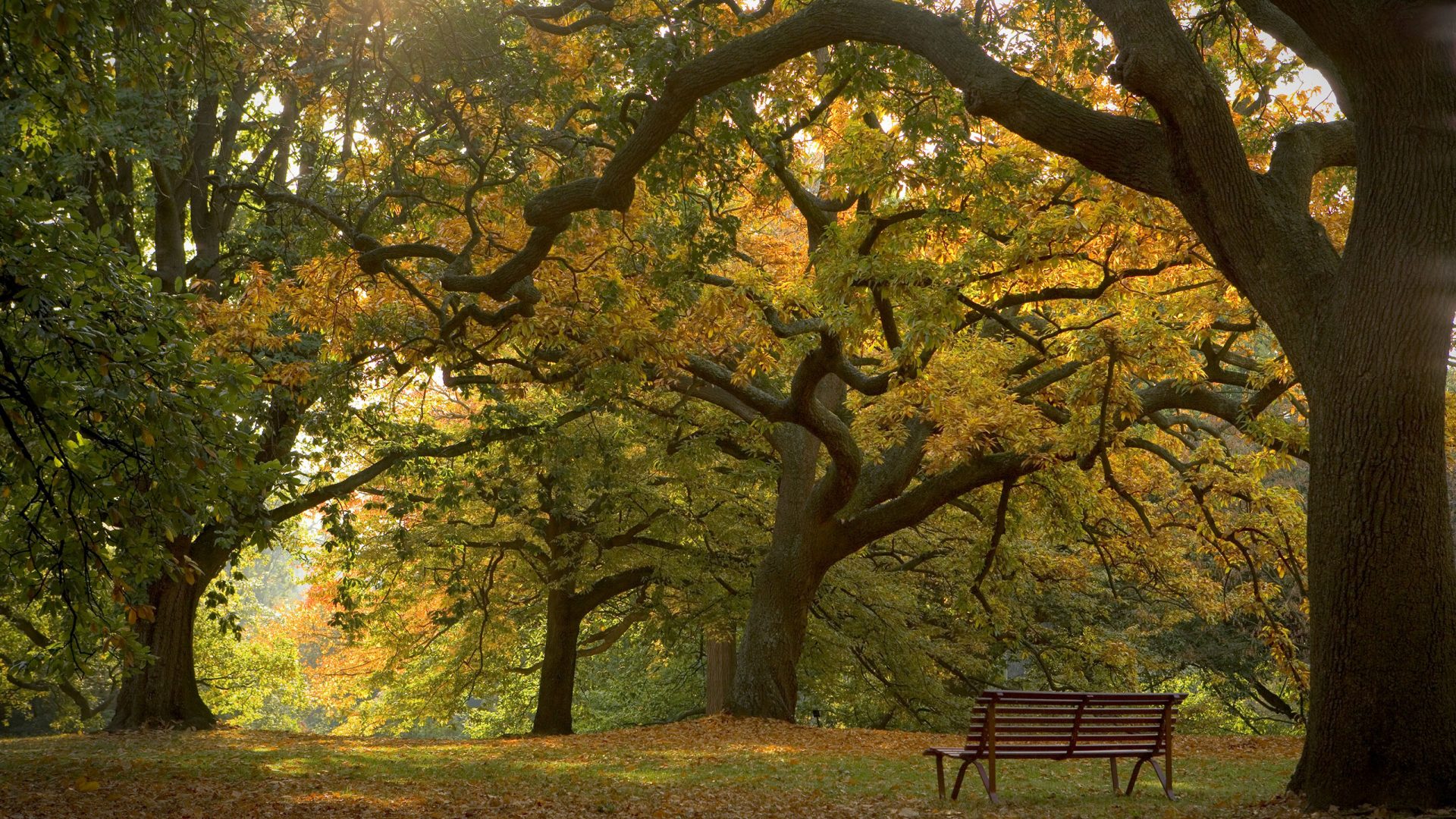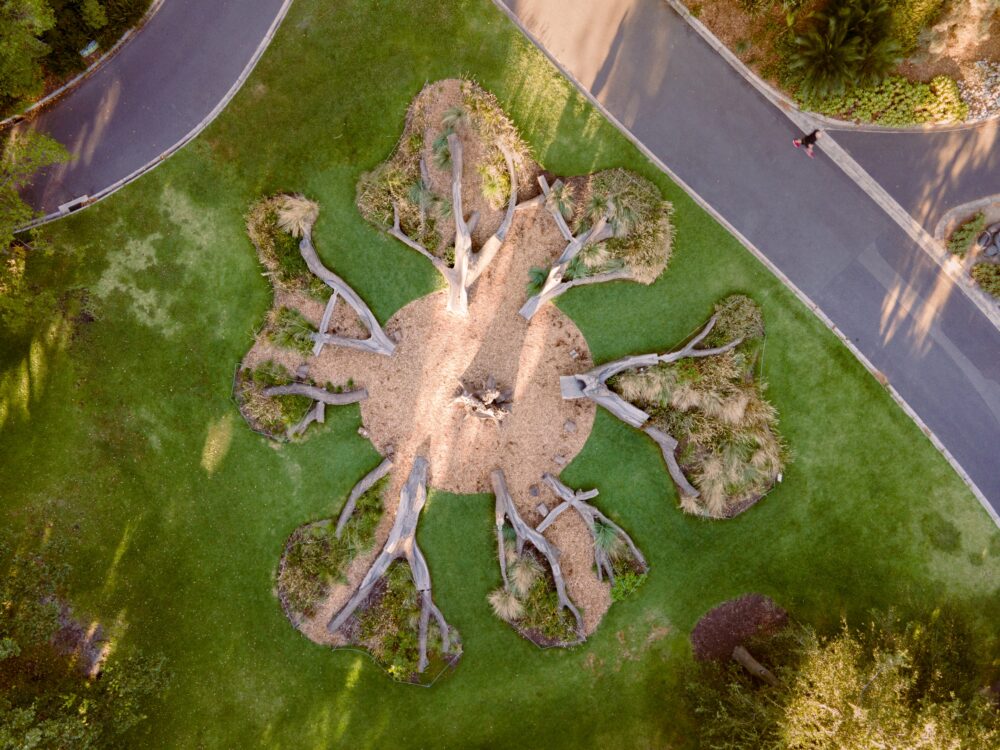Introducing our Antipodean historic gardens and climate change project…
Gardening in a changing climate requires experimentation and flexibility. It can help to learn how others have responded to more dry spells and unseasonable wet periods or, importantly, are planning ahead to futureproof their gardens. That’s the rationale underlying a project the Australian Garden History Society initiated with a grant from the international charity, the Historic Gardens Foundation. AGHS gathered a variety of perspectives to help garden owners and managers plan for and respond to the challenges of climate adaptation. These can be found on the climate adaptation pages of this website. The main ideas are also synthesised in this brochure. Read about the AGHS’s framework for action on climate change, find out about where you can get good advice on reducing the carbon footprint, climate sensitive design, smart water and soil management and plant selection or go to the full stories to read about individual’s experiences in their gardens. And if you would like to contribute your own story or expertise, contact the project coordinator at editor@gardenhistorysociety.org.au
Image: In December 2019, Melbourne Gardens lost a 150-year-old white oak (Quercus aff. alba). It has been replaced by three new species; Quercus lobata, Quercus nigra and Quercus rysophylla, which the Gardens’ modelling suggests will cope better with Melbourne’s climate over the next century. The felled tree is now a much-loved sculpture in the gardens. Photo courtesy Royal Botanic Gardens Victoria.
Read more about how botanic gardens are dealing with climate challenges in this article by Tessa Kum, the Landscape Succession Officer at the Royal Botanic Gardens Victoria.


